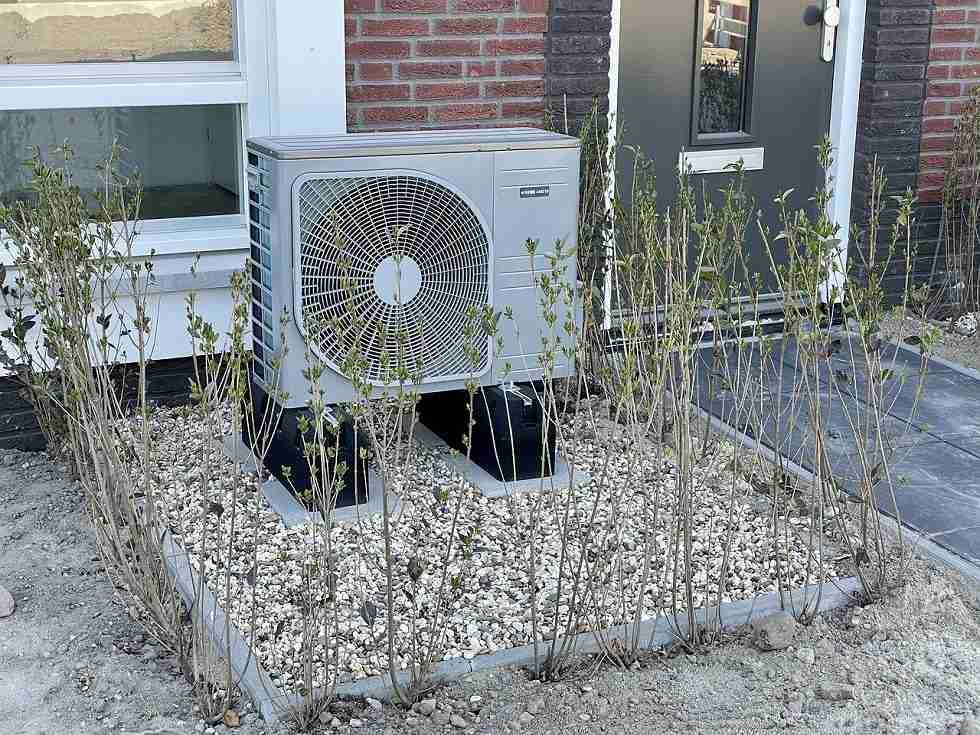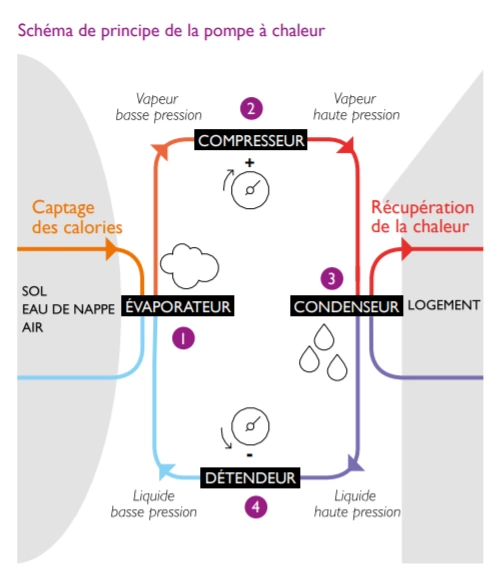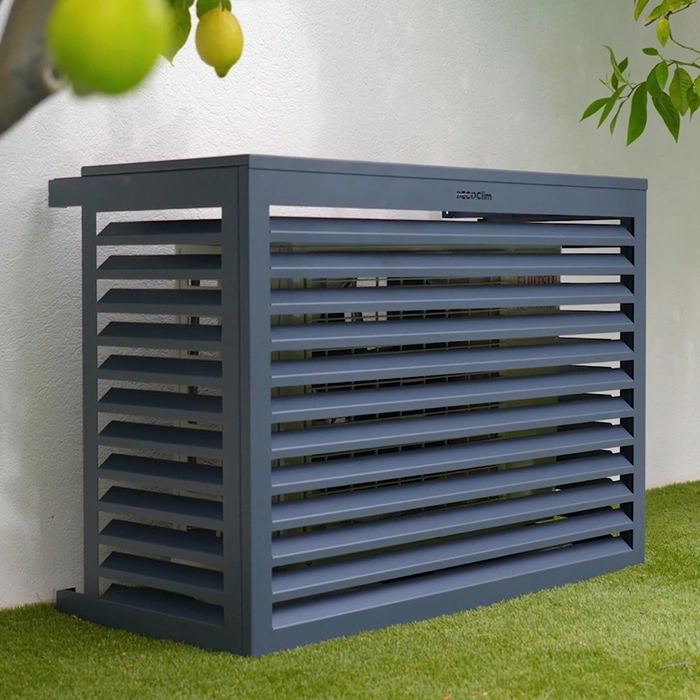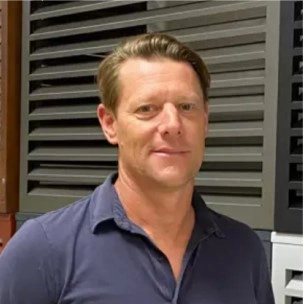The main heat pump brands
There are many heat pump manufacturers today. Among the world leaders we can mention: Daikin, Mitsubishi, Fujitsu, Panasonic, Toshiba, Bosch.
There are also major French manufacturers on the heat pump market such as Atlantic, DeDietrich, Frisquet, Auer... and many distributors such as Castorama and Leroy Merlin.
THE DISADVANTAGES OF THE HEAT PUMP AND HOW TO SOLVE THEM
Authorizations required before installing a heat pump
Installing a heat pump on the facade of the building or against the wall of your house requires some preliminary steps.
- Permission from the town hall
In order to protect the city's heritage and its visual harmony, the town halls ask that a prior declaration be filed with the town planning department before the installation of a heat pump. All you have to do is print the document available online, fill it out and drop it off at the town hall. The latter has a maximum of one month to respond to you and if it does not respond within this period, it is worth accepting.
- The authorization of the copro
If nothing is specified in the co-ownership regulations, you will then have to obtain the agreement of the co-owners via a vote in the GA before installing the heat pump outside your apartment, because its installation normally impacts common areas. To do this, ask the trustee to put this issue on the agenda for the next general meeting so that the vote can take place at that time.
Important clarification: if you are a tenant, it is up to the landlord to carry out these procedures, it is therefore necessary to ask him beforehand.
If everyone recognizes the benefits in terms of energy savings of the heat pump, the fact remains that some neighbors take a dim view of the installation of this type of device because of the aesthetic nuisance and mainly noise pollution. We explain below how to make it your business.
The heat pump is a bulky and unattractive device, especially the device located outside the home (the outdoor unit). To overcome this drawback, there are suitable boxes, designed to hide the heat pump elegantly.
They make it possible to hide the device while ensuring optimal operation of the heat pump because they are boxes fitted with shutters, designed to let enough air in and out all around the device.
Find out more about the Decoclim heat pump cover .
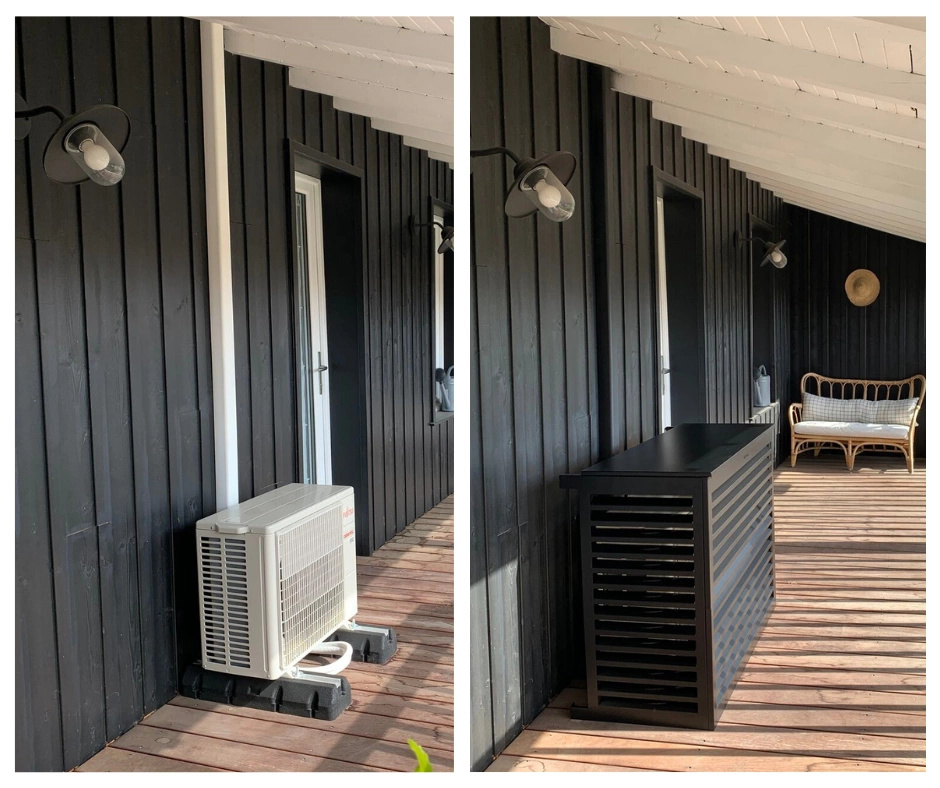
The operation of the heat pump generates noise, but it is possible to greatly limit the noise pollution thanks to a well-thought-out installation and an anti-noise box adapted to your heat pump.
Read our full article on how to reduce the noise of your air conditioning or heat pump .
Often installed outdoors, the heat pump is finally exposed to various risks that can reduce its performance or cause breakdowns. These are meteorological hazards (snow, wind, sun) and possible risks of damage (children's games, animals, vandalism). To protect the device and prolong its life, it is recommended to house it in a suitable safe. For example, it will prevent leaves or branches from slipping into the device and damaging the system.
CHOOSE THE RIGHT FORMWORK FOR YOUR HEAT PUMP
You can find everything on the heat pump cache market. To avoid paying for a useless, poorly designed product or worse a product that would harm the performance of your heat pump, we explain the criteria to check before buying.
- A functional heat pump cover
Above all, do not use a fabric cover to conceal your heat pump when it is in operation. The fabric covers sold on the market do not allow air to circulate around the device and therefore only serve to protect the device from dust when your heat pump is not working!
Also beware of chests that are just pierced with small holes. Even many of these holes do not allow sufficient air circulation and will reduce the performance of your heat pump.
If you are looking for a high-performance cover to hide the heat pump, you must opt for a box with large shutters, designed precisely to allow air to circulate and thus allow the heat pump to operate properly.
- A robust and decorative material
Heat pump boxes are available in various materials, but not all are created equal. It is advisable to choose a material design but also solid, made up of a material designed to last over time and resist bad weather (and saline atmospheres if you are by the sea).
Among the metal formwork, the most high-end material is of course the aluminum heat pump cover . Both robust and light, it is the material with the best lifespan and resistance (especially compared to steel). And this often translates into a longer manufacturer's warranty on these products (up to 10 years depending on the manufacturer).
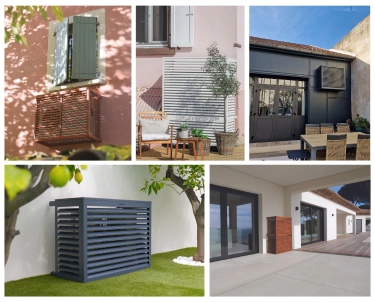
If you prefer a wooden cover for your swimming pool heat pump for a more natural decoration, then pay attention to the class of wood used and its resistance to bad weather. The wood must therefore absolutely be category 4 in order to withstand the rain without rotting (rot-proof wood), like eucalyptus wood in particular.
- Ease of installation and removal for maintenance of the heat pump
Most heat pump boxes are delivered as a kit. If you are mounting them, make sure that mounting is easy. Some are assembled in less than 5 minutes and without the need for tools, while others require (a lot) more time and sweat...
In addition, don't forget that you must be able to easily access your heat pump for maintenance, adjustment, etc. So choose a heat pump cover that is not too heavy, which can be installed and removed as easily as a table, if you want to avoid difficulties every time you need to access the device.
- A box adapted to the size of the heat pump
There are heat pump covers of all sizes in order to adapt perfectly to all appliance sizes (small, medium, large, very large, XXL, etc.). Measure the maximum height, width and depth of your heat pump and enter these lengths in millimeters in the online tool that we have made available to you, just under the main menu of this site.
This free tool instantly calculates the box model whose size will be best suited to your heat pump.
It is even possible to juxtapose or superimpose several Decoclim boxes in order to hide the view of very large heat pump installations and thus prevent them from disfiguring the landscape.


